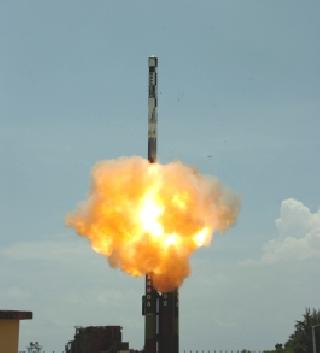
In this artist's concept illustration, NASA's Phoenix Mars Lander begins to shut down operations as winter sets in. Image Credit: NASA/JPL-Calech/University of Arizona.
PASADENA, CALIFORNIA (BNS): A new study has suggested that soil examined by NASA's Viking Mars landers in 1976 may have contained carbon-based chemical building blocks of life.
"This doesn't say anything about the question of whether or not life has existed on Mars, but it could make a big difference in how we look for evidence to answer that question," said Chris McKay of NASA's Ames Research Center.
McKay co-authored a study published online by the Journal of Geophysical Research - Planets, reanalyzing results of Viking's tests for organic chemicals in Martian soil.
The only organic chemicals identified when the Viking landers heated samples of Martian soil were chloromethane and dichloromethane -- chlorine compounds interpreted at the time as likely contaminants from cleaning fluids.
But those chemicals are exactly what the new study found when a little perchlorate -- the surprise finding from Phoenix Mars Lander -- was added to desert soil from Chile containing organics and analyzed in the manner of the Viking tests, NASA said.
"Our results suggest that not only organics, but also perchlorate, may have been present in the soil at both Viking landing sites," said the study's lead author, Rafael Navarro-González of the National Autonomous University of Mexico.
Many meteorites raining onto Mars and Earth for the past 5 billion years contain organics. Even if Mars has never had life, scientists before Viking anticipated that Martian soil would contain organics from meteorites.
"The lack of organics was a big surprise from the Vikings," McKay said.
"But for 30 years we were looking at a jigsaw puzzle with a piece missing. Phoenix has provided the missing piece: perchlorate. The perchlorate discovery by Phoenix was one of the most important results from Mars since Viking."
Perchlorate, an ion of chlorine and oxygen, becomes a strong oxidant when heated. "It could sit there in the Martian soil with organics around it for billions of years and not break them down, but when you heat the soil to check for organics, the perchlorate destroys them rapidly," McKay said.
This interpretation proposed by Navarro-González and his four co-authors challenges the interpretation by Viking scientists that Martian organic compounds were not present in their samples at the detection limit of the Viking experiment.
Instead, the Viking scientists interpreted the chlorine compounds as contaminants. Upcoming missions to Mars and further work on meteorites from Mars are expected to help resolve this question.
 Previous Article
Previous Article Next Article
Next Article













The Indian Air Force, in its flight trials evaluation report submitted before the Defence Ministry l..
view articleAn insight into the Medium Multi-Role Combat Aircraft competition...
view articleSky enthusiasts can now spot the International Space Station (ISS) commanded by Indian-American astr..
view article